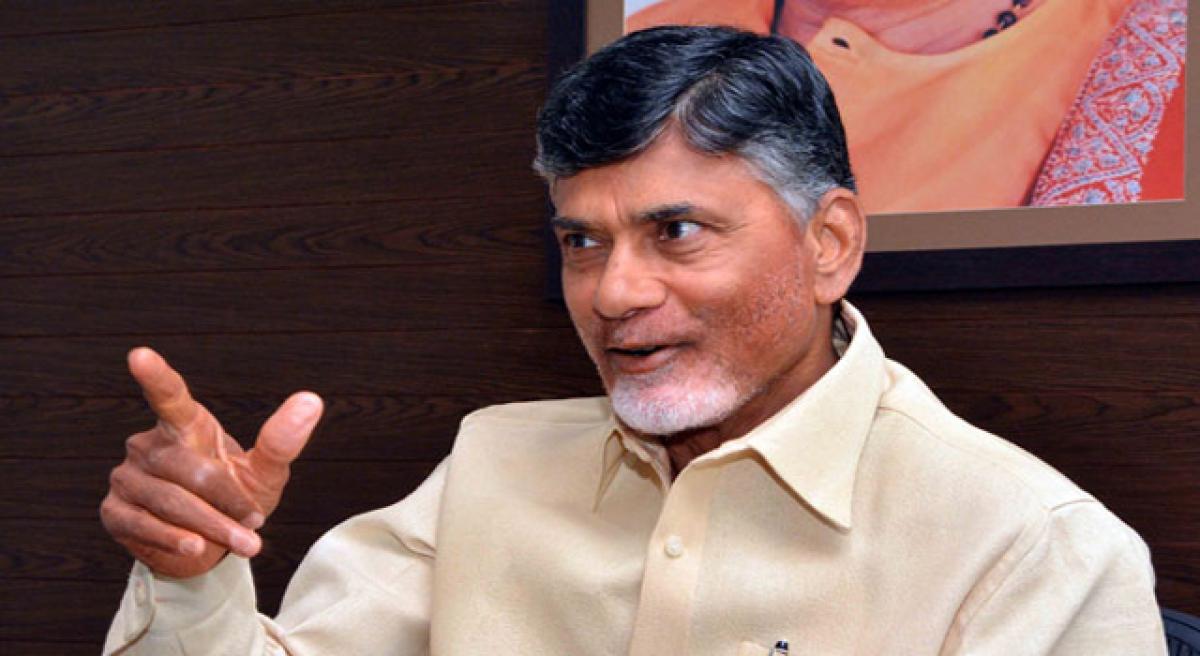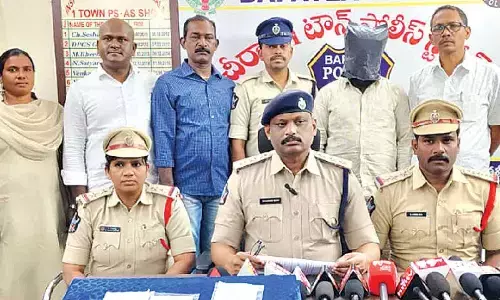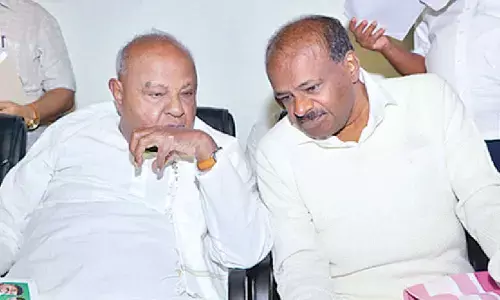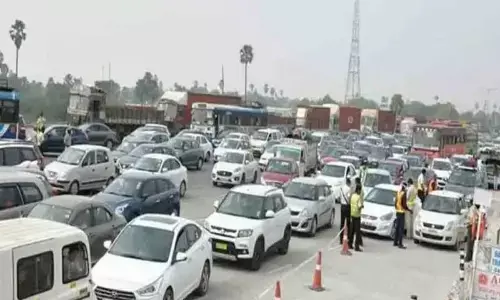Most investments only on paper in AP.

After bifurcation of combined State of Andhra Pradesh, the residuary State of Andhra Pradesh has faced a plethora of problems, ranging from revenue deficit, inadequate industrial base, poor physical, social and educational infrastructure to weak economic growth.
After bifurcation of combined State of Andhra Pradesh, the residuary State of Andhra Pradesh has faced a plethora of problems, ranging from revenue deficit, inadequate industrial base, poor physical, social and educational infrastructure to weak economic growth.
However, it has also made a SWOT analysis soon after formation of the State to start from the scratch for becoming an investment destination. It also released many white papers on different sectors of the economy.
Hence, the plan of the AP government at that time is to generate large-scale employment and wealth for the people and create a stable industrial ecosystem for sustainable development and catalyse the agriculture sector by bringing synergy with industry for inclusive growth.
The AP has begun it humble journey with attractive policies, promoted the brand of Andhra Pradesh and created conducive business environment.
It has set the ambitious target – 5,000 start-ups and 100 technology incubators in the State by 2019. It has also introduced a new Industrial policy to bring down approval time for business to an average of 14 days in 2016-17, compared to an average of 21 days in 2015-16.
In recognition of its efforts, the Department of Industrial & Policy Promotion (DIPP) awarded it second rank in ‘ease of doing business’ category in 2015.
Besides this, the National Council of Applied Economic Research (NCAER) published a State Investment Potential report, ranking Andhra Pradesh third among the 30 states in India.
In the report, AP was ranked 18th in demand for electricity, 12th and 14th in rail and road density respectively, 14th on ICT readiness index and 17th on net annual ground water availability.
Though the State is limping on poor infrastructure, it was ranked 2nd in the overall economic performance.
According to the statistics of DIPP, AP has received 8,96,000 investment proposals between 1991 and 2014 and has received Rs.41,860 crore that is just 4.67 percent of the total promised investment.
AP expected more than Rs 50,000 crore investments from Japan and Rs 58,000 crore from China after a high-powered delegation headed by the Chief Minister visited these countries; but in reality, the state has got less than Rs 6000 crore investment since 2014.
Recently, the AP government organised a partnership summit in Visakhapatnam and claimed it would get over Rs 4.3 lakh worth investments but the euphoria failed to convert into reality.
However, the Finance Minister during recent State Investment Promotion Council (SIPC) meeting claimed Rs 5 lakh core proposals were received in the last two years, of which 417 industrial units, with an outlay of Rs 1,23,973 crore had been set up in the State in the last two years.
Of them, 203 units started commercial production and 11 projects with an investment of Rs 12,600 crore were in the Detailed Project Report stage.
However, the AP State Investment Board (SIPB) recently approved proposals worth Rs 9,200 crore only, though it claimed that Rs 25,000 crore investments in health and education sector are in the pipeline, and Rs 2000 crore was disbursed for bailing out sick MSMEs in the State.
It is discernible that AP has been toiling and trying all the tricks, but the realised investments are poor and disheartening.
Despite being an investor-friendly sun rise state, slow pace of realised investments suggests that the industrial formation in the State is low, leading to migration of skilled labour to other States or countries.
It is time for AP government to review current strategies, pursue national and international investors and improve bureaucratic capacity to improve investor-friendly business atmosphere to start operations and create jobs.
By: Gudipati Rajendera Kumar

















